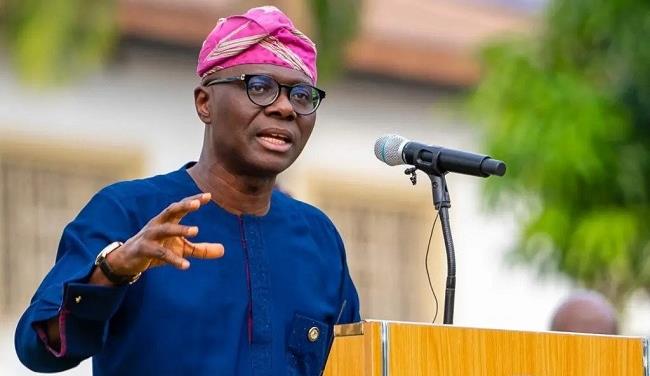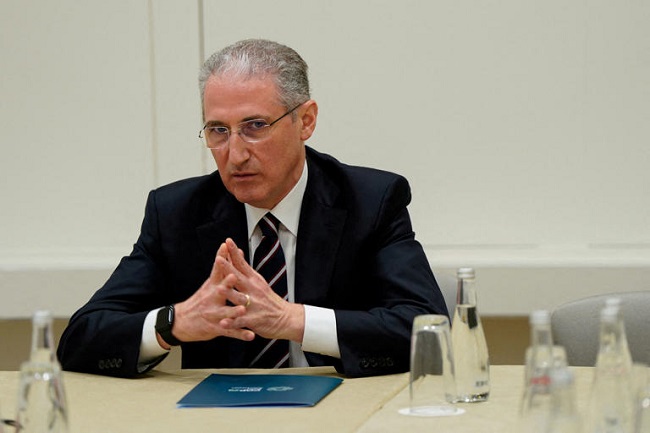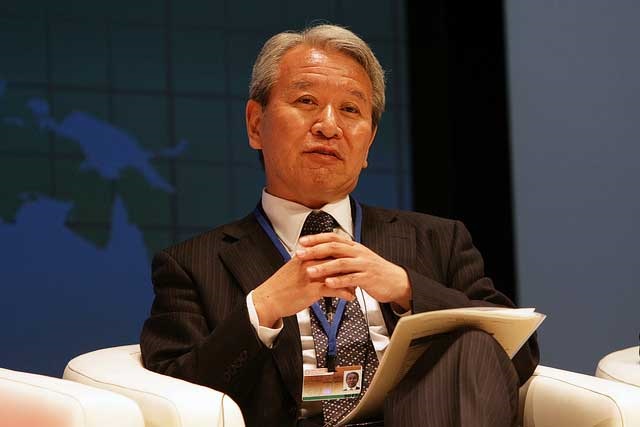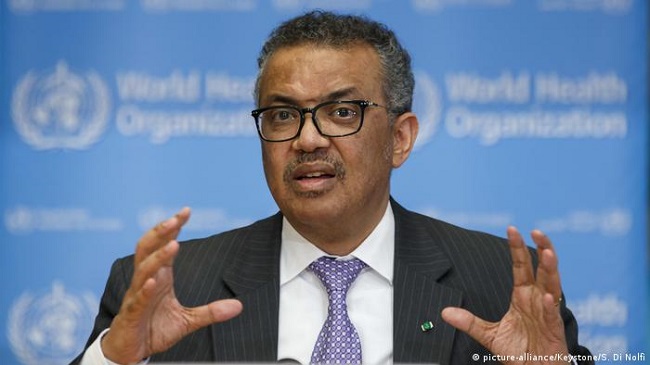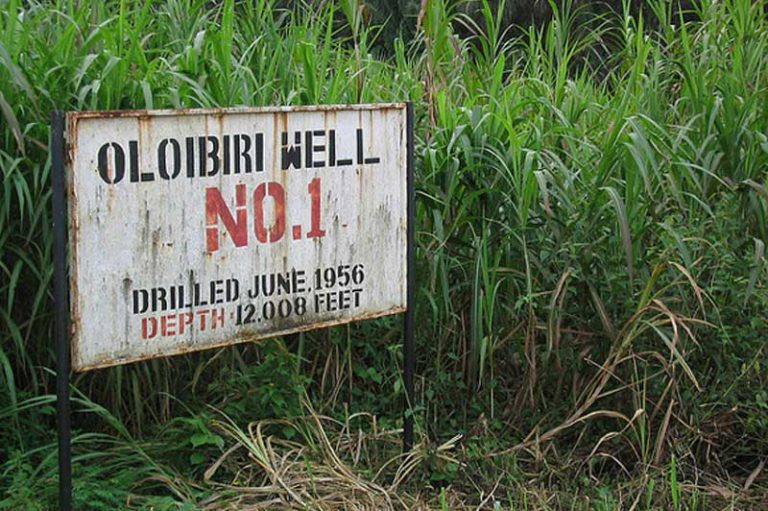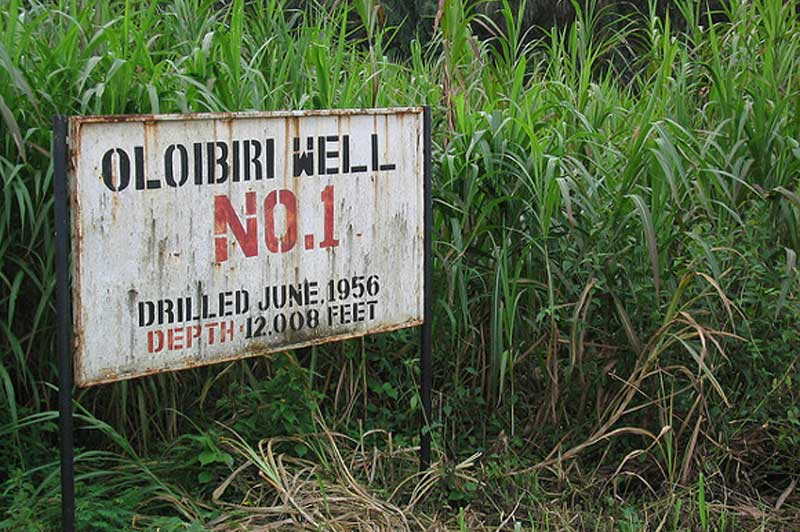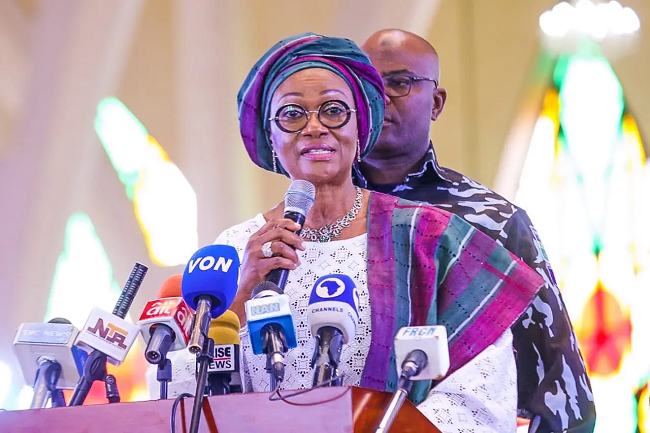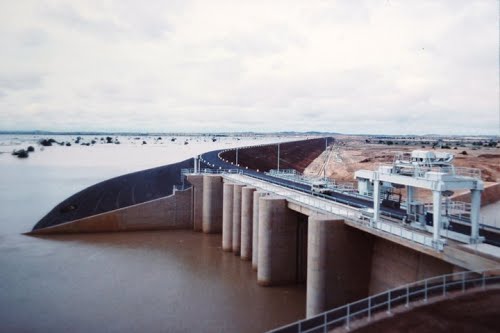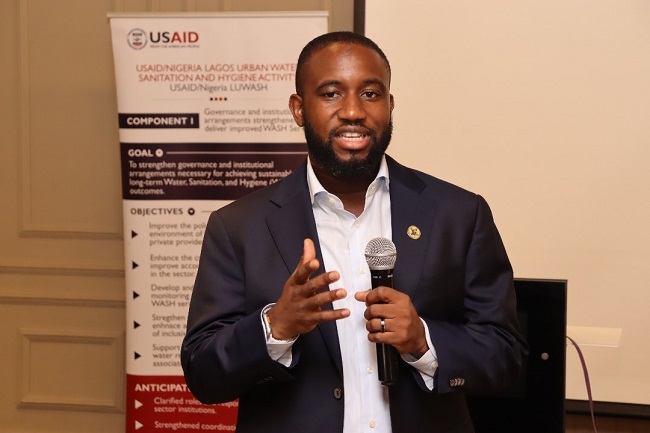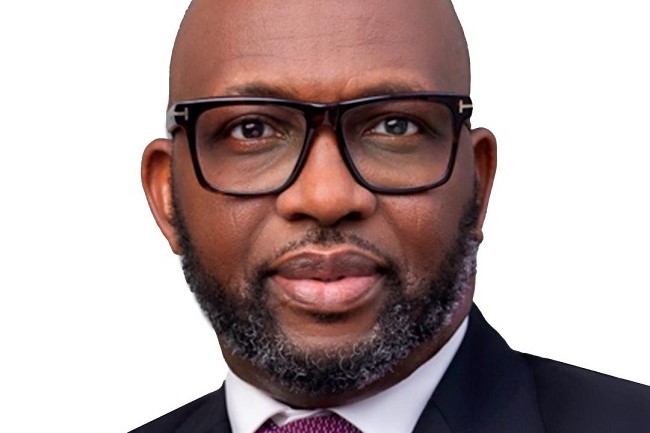From September 1 to 10, 2025, leaders from Africa, experts in climate change, practitioners from the private sector, members of civil society, youth leaders, donors and development partners, as well as representatives from UN bodies and various multilateral organisations will convene in the historic Ethiopian capital of Addis Ababa for the Africa Climate Action Week and the Africa Climate Summit with the theme “Accelerating Global Climate Solutions: Financing for Africa’s Resilient and Green Development”
The theme of the summit evokes the need for Africa’s drive for resilience to be aligned with the continent’s dire need for infrastructural development in order to meet its many nagging needs. Incidentally these gatherings carries the burden of being either a set of glorious climate fanfares, or a chance for deep conversations on the way forward for Africa in terms of climate action aligned with sustainable development. It is explicitly a matter of choice and the only pathway to attaining the latter is by holding honest and inclusive conversations that would lead to commitments which must be backed by sincere action.
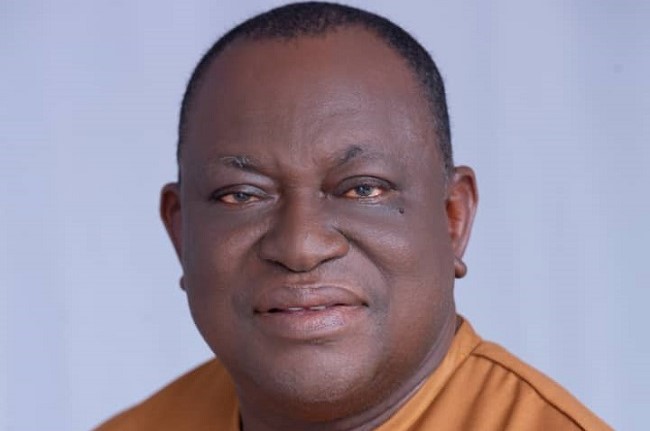
As most experts would avow, Africa’s problems have never been about policies or gatherings to hold conversations. With the support of the West, we have never fallen short of policies, and even attendances at international fora. Nonetheless, the continent’s key problem has always been about the implementation of policies. The reasons for this range from weak governance systems, lack of people-centered political leadership, capacity gaps, improper enunciation of the pathways to success, a top-to-bottom approach as against a bottom-to-top approach, lack of financial support, etc.
At the end of the first summit, African leaders adopted landmark “Nairobi Declaration”, calling for a global carbon tax on fossil fuels, aviation, and shipping; reform of international financial systems; and fast-tracking the Loss and Damage Fund, ahead of COP28.
If we must be fair to ourselves as Africans, we must take stock of these demands as we prepare for the second summit. The ACS and ACW therefore can offer important platforms for honest conversations that will be backed by implementable plans as we journey to COP30, and dangerously come close to missing the cut-off point for Mission 1.5 or 2.0.
Already, the ACS2 has listed critical focus areas including: redefining Africa’s climate aspirations; highlighting Africa-led solutions; shifting from aid to investment; nature-based solutions and technology; climate finance and adaptation; and building partnerships.
The focus areas assume of Africa as a single climatically and ecologically uniform entity centralised at a specific point, and thus every action is one-for-all. Consequently, there is a failure of understanding that climate impacts and actions vary across Africa and even within the nations that make up the continent. While these focus areas are commendable, we must recognize that without multi-level action Africa cannot fully achieve resilience and climate goals, including the continent’s sustainable development agenda.
But, it is not too late. In the series of meetings, high-level sessions, and bilaterals that will take place in Addis Ababa, conscious effort must be made to integrate the opinions, needs, and suggestions of indigenous people, communities, women and children, and most especially, Africa’s subnational. It highly imperative that discussions and plans at the regional summit must reflect this to galvanise increased actions at the subnational levels.
Undoubtedly, there is no question as to the fact that climate impacts are felt at the lowest of levels- the subnational-which then reflects differently at the national, regional, and continental level. For instance, in Nigeria, the climate impacts in Sokoto State would be land degradation, desertification, drought, etc. while for a subnational State like Enugu State, or Ekiti State, it would be soil erosion, excessive rainfall, etc. Subnational entities play a crucial role in climate change action due to their capacity for localised policy implementation, innovation, and community engagement. They can tailor solutions to specific regional challenges, enhance accountability, and mobilize resources effectively.
Africa is a climatically and ecologically diverse place covering approximately 30.3 million km2 of the earth. Therefore, its various sub-parts must have different climate challenges. Hence, it is critically important that this climatic and ecological diversity must be foregrounded whenever conversations on climate action and sustainable development in the continent are held. One therefore hopes and strongly urges that urgent efforts must be made to ensure that the ACS and ACW are leveraged to reflect this. This is the only way to engender equity, justness, and indeed impactful actions.
By Professor Sam Chijioke Ugwu, Commissioner for Environment and Climate Change, Enugu State, Nigeria

